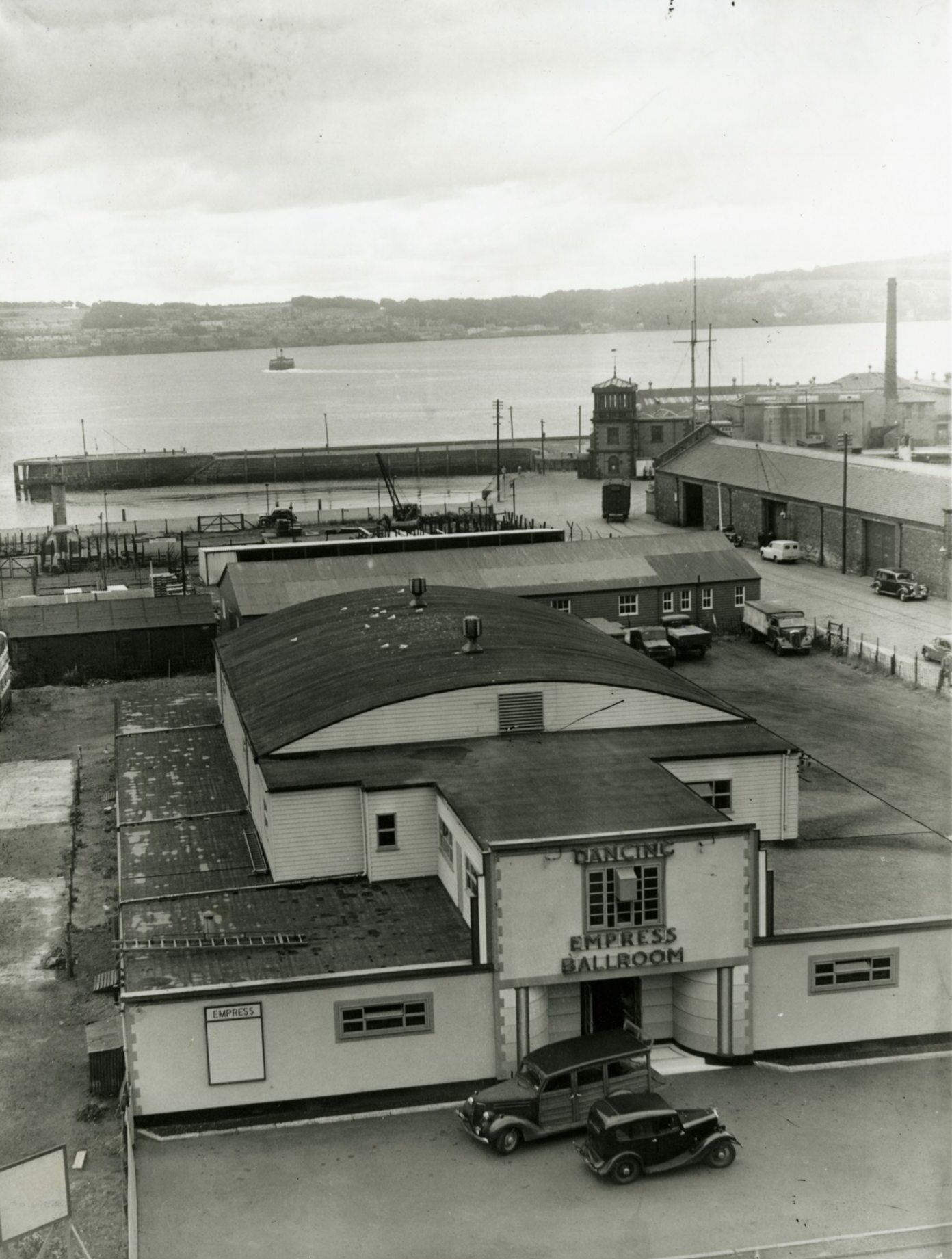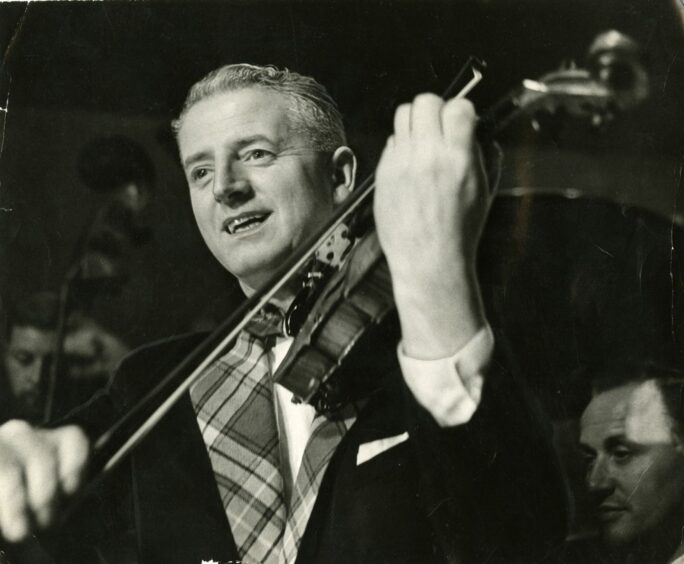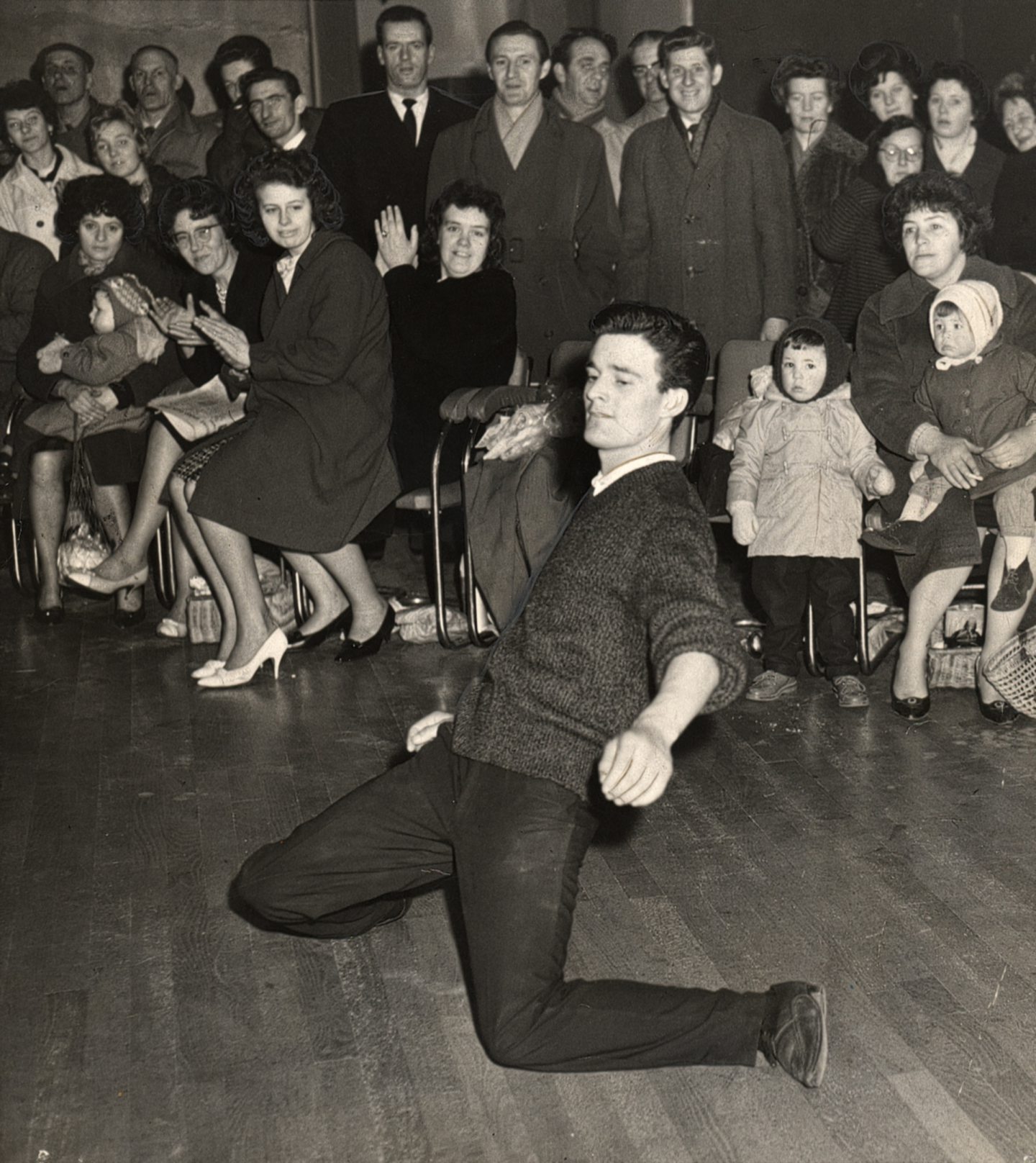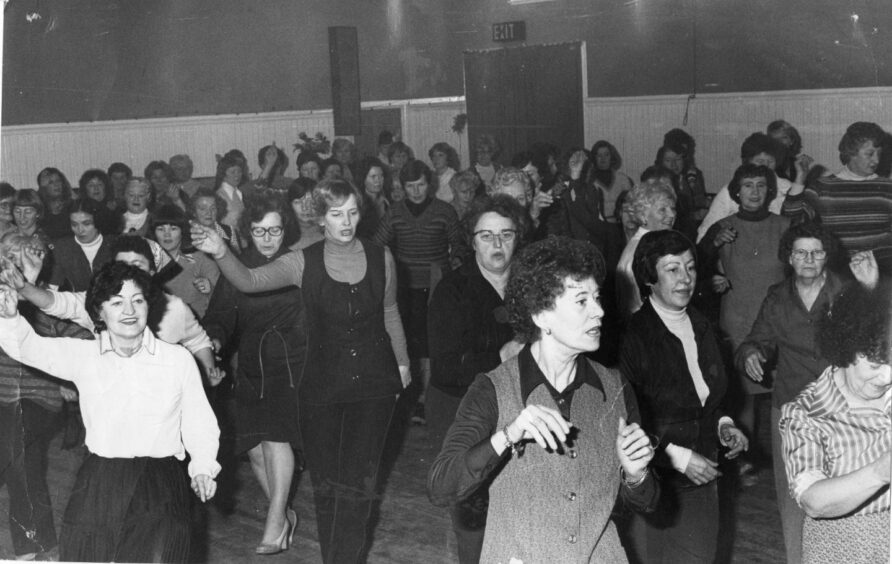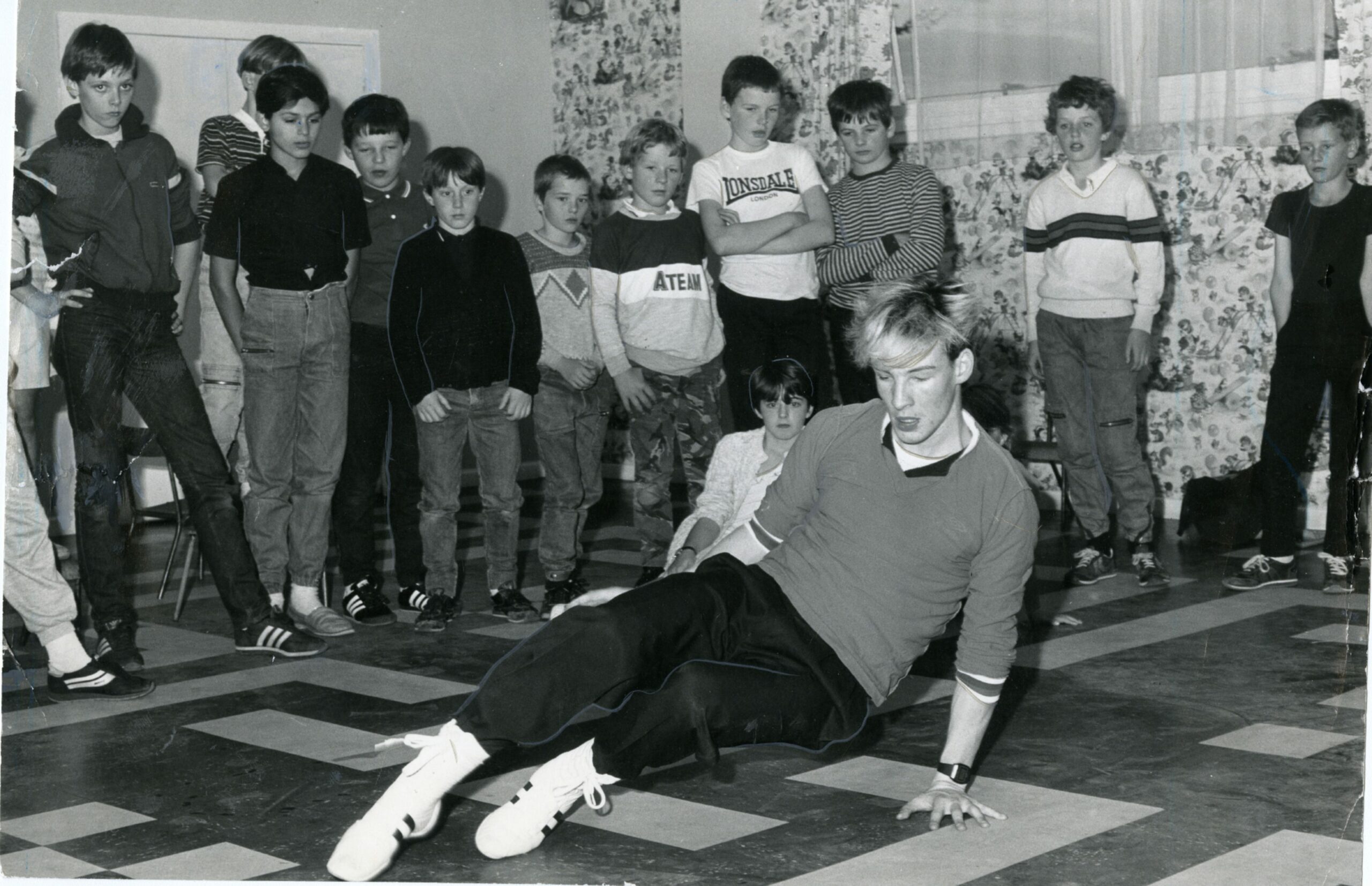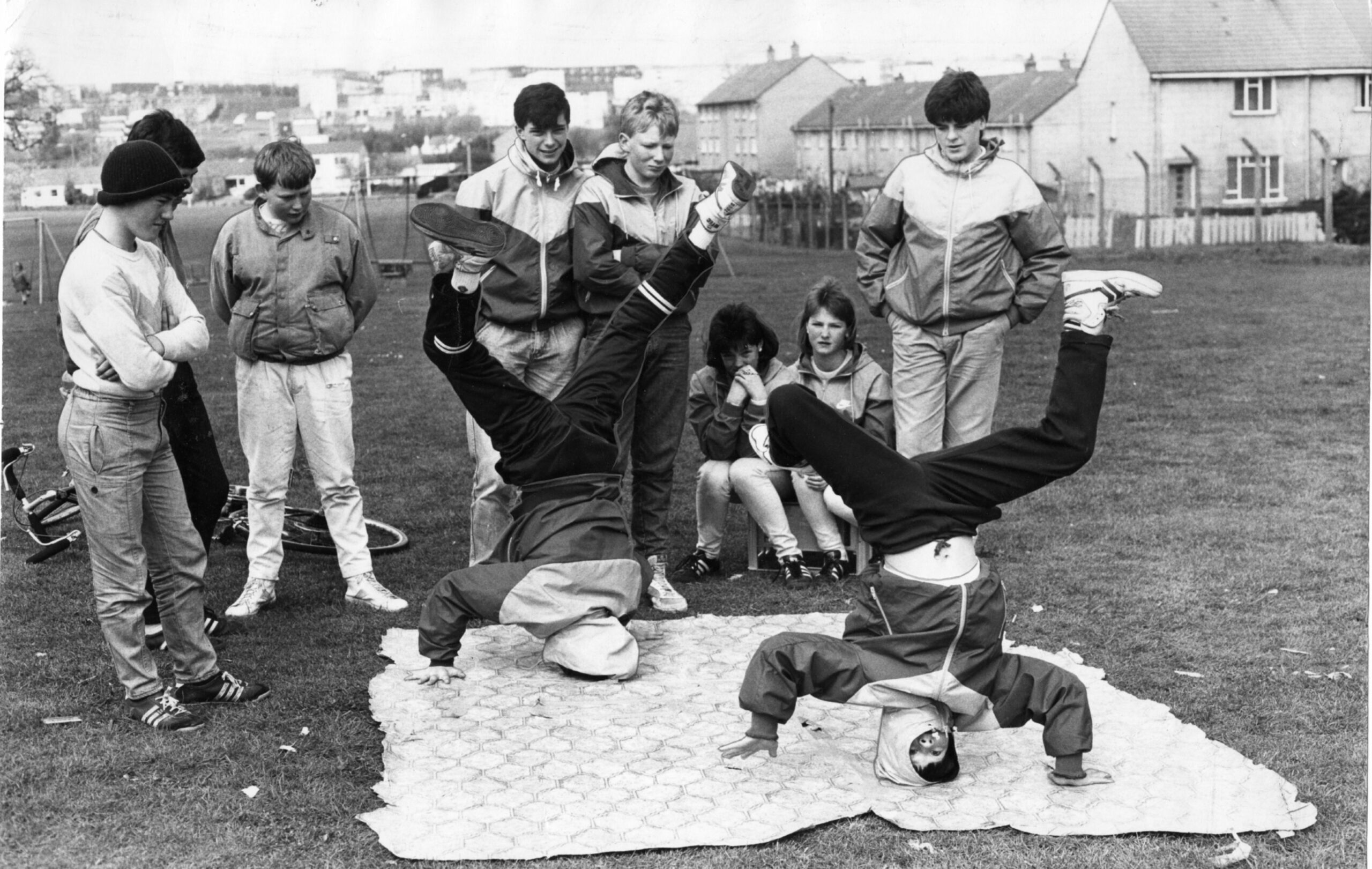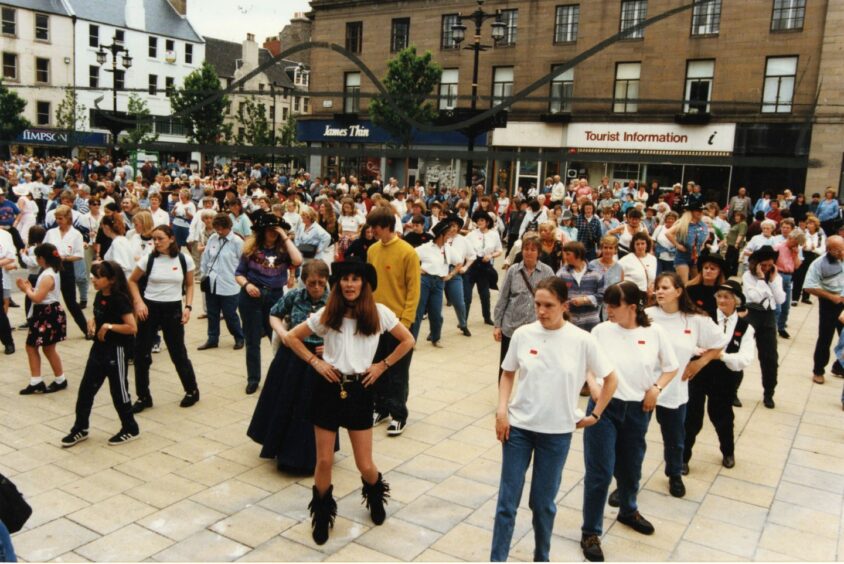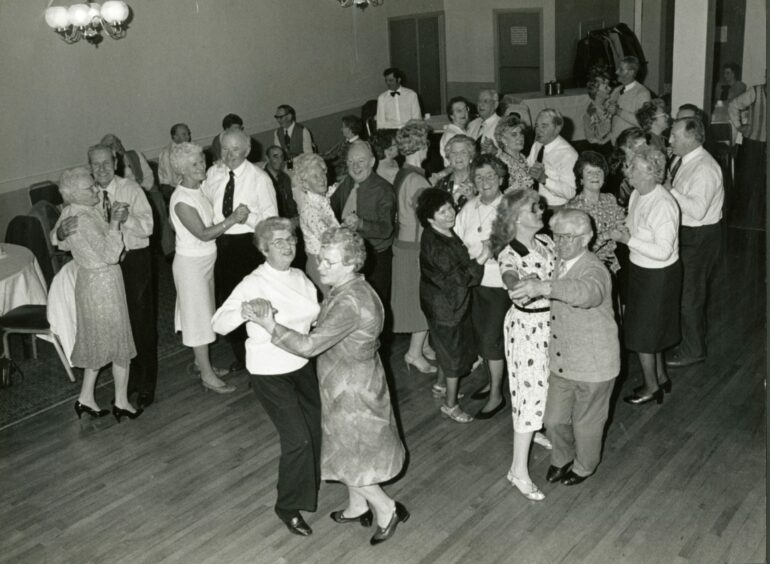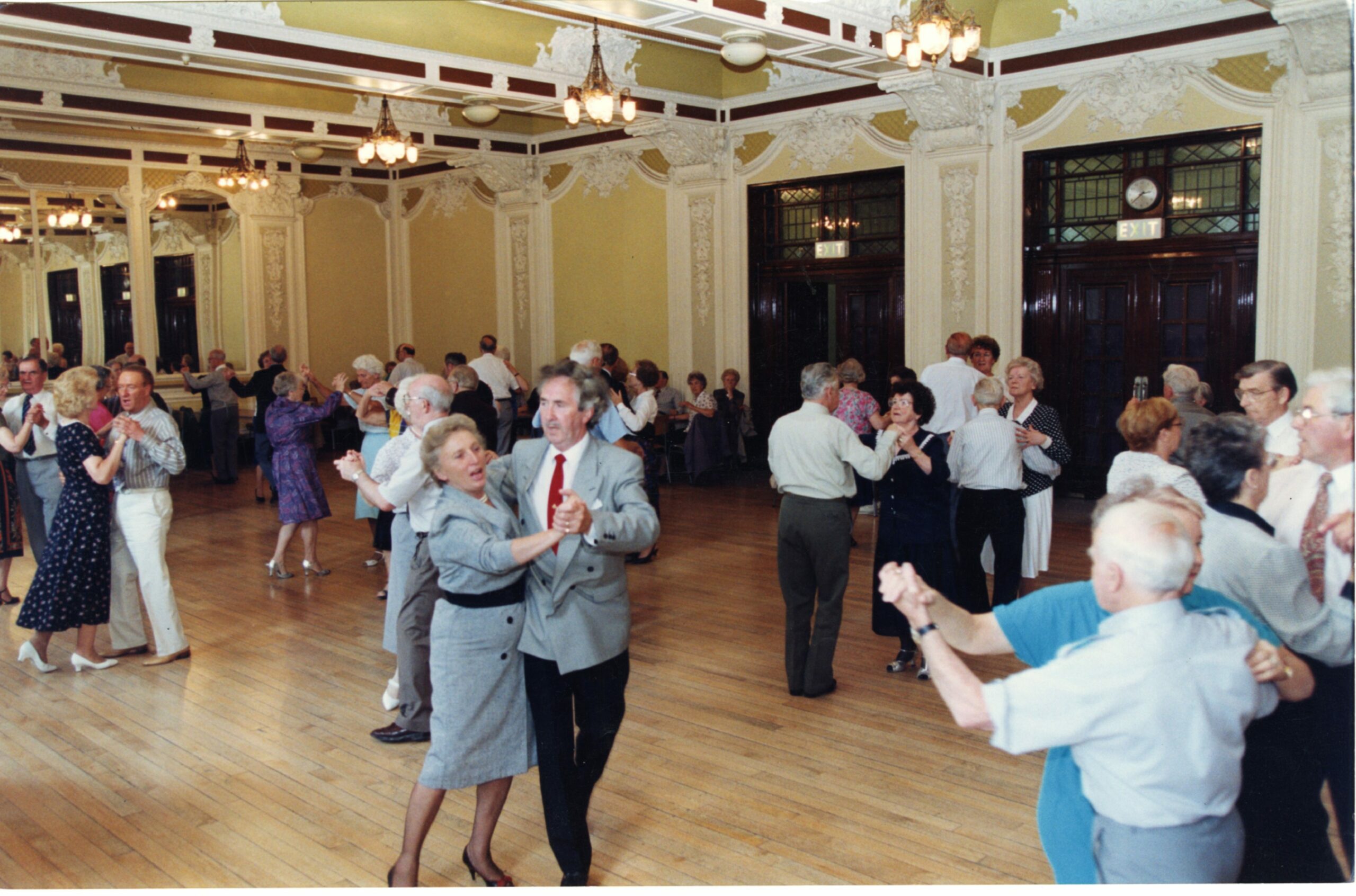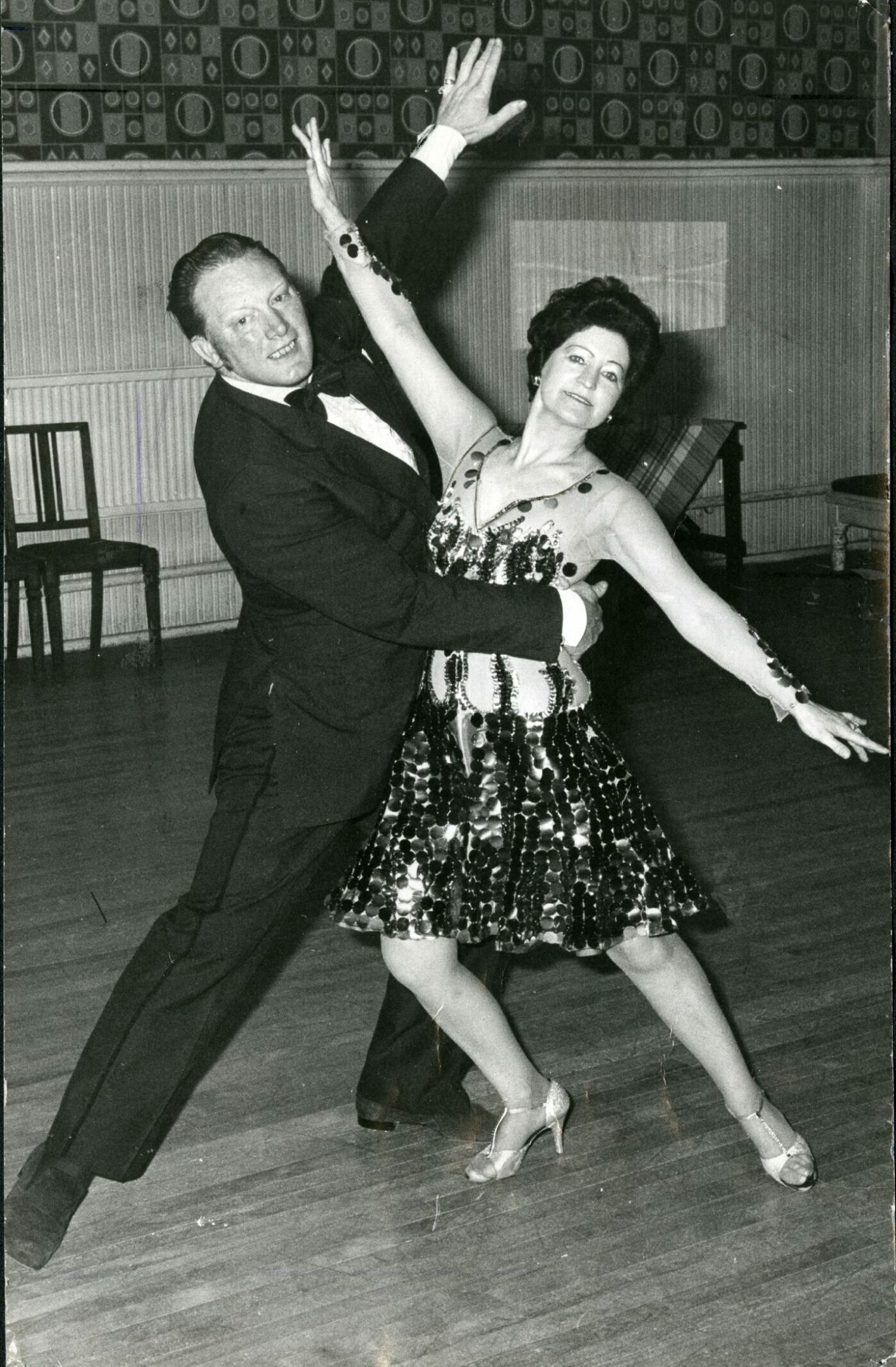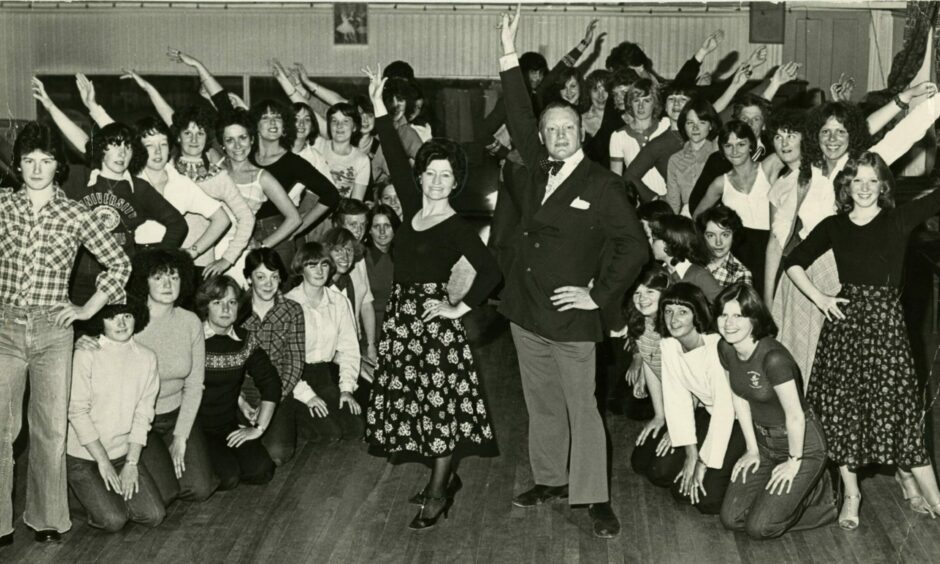
Tess Daly and Claudia Winkleman end each episode of hit TV show Strictly Come Dancing with an appeal to viewers to: “Keeeeep dancing!”
Wise words, no doubt about it, but not necessary in Dundee’s case – because the city has never stopped.
From ballroom to breakdance and Latin steps to line dancing, Dundonians have been stepping out in style for decades.
And they were often at the forefront of whatever method of movement had gripped the masses.
Dundee’s dance halls were plentiful in an era of big band music in the 1940s.
This was a time when dancing with a partner, rather than opposite one, flourished all across Britain – with every city boasting dance halls.
There was an average of 2,000 dancers a night at “two bob a time” in the city’s 24 licensed dance halls including the Palais, The Locarno, Robbie’s and The Empress.
There wasn’t a night of the week, with the exception of Sunday, when you couldn’t go dancing somewhere in the city.
The standard was high, although the girls seemed to take to the art more easily than the boys and you had to be careful not to tread on your partner’s toes.
There was a dress code as well
You wore your best attire and the most important part of going dancing for many Dundonians was the ritual of getting dressed for the occasion.
Thousands of couples waltzed and foxtrotted to the strains of a variety of bands and perhaps the most popular rendezvous was the old Palais in Tay Street.
The downstairs cloakroom was posh, with large mirrors and comfy chairs.
There was even a perfume machine on the wall that dispensed four different fragrances at sixpence a skoosh.
The longest-serving Palais band was that led by the legendary Andy Lothian.
Coming to the city around 1938, after George Dundas and Bertha Wilson took over, Andy and his violin were synonymous with the Palais for about 30 years.
He seemed to know every patron.
He led and entertained several million Dundee dancers over the years, with “and that’s all” becoming his catchphrase.
But if the 1940s saw traditional dance steps return to Dundee ballrooms, a tsunami of sound emerged and deluged Dundee in the 1950s.
And with rock ‘n’ roll came a style of dance called jive.
The girls flipped off their flats and the boys in their suede crepe-soled shoes faced each other in the traditional dance position and their feet hardly touched the floor.
Its popularity grew and grew as the fledgling rock ‘n’ roll stars such as Elvis Presley and Chuck Berry replaced the old swing music on the wireless and in the dance halls.
Twisting the night away in the 1960s
Dundee’s demure dance halls were then transformed overnight in the 1960s when Chubby Checker and The Twist arrived and changed the way that people moved.
Competitions were revived in a big way, similar to the events of the 1930s, with endurance dances where couples tried to stay awake on the floor for cash prizes.
In 1962, for example, 20,000 people over four days packed the JM Ballroom in North Tay Street, Dundee, to see Pitlochry man Bobby Cannon dance the twist for 94 hours and 50 minutes to beat 38 rivals and collect the first prize of £101.
People stayed off work for the competition.
Some lost their jobs.
After the dance marathon, Wilma Coutts and Frank Hogshaw from the twist club at the JM Ballroom decided to enter BBC’s Come Dancing in 1963 – the precursor to Strictly.
They won.
Wilma and Frank were greeted at the train station on their arrival back in Dundee by the JM Ballroom dance band and celebrated their win by dancing the Twist on the platform!
Twist fever continued to grip the city’s dance halls.
To cheers, screams and the thundering beat of a pop band, Johnny Hudson and the Hi-Four, Jim McKenzie, who was just 21, won Dundee’s longest-ever twist marathon in the West End Palais on Thursday March 5 1964.
Jim, on the advice of a doctor, ended his bid for twisting for 100 hours after he established a new world record of 99 hours 24 minutes.
Then housewives’ disco dance classes shook old-time ballroom floors in the 1970s at the height of Saturday Night Fever, the film that made John Travolta a worldwide star.
Young-mum aerobics set the pace in the 1980s, which allowed dancers to strut their stuff in an exercise setting before 1987’s Dirty Dancing started a Latin craze.
The dances weren’t new, at all.
They all came in the 1950s but were brought back because of the movie, although they now used a lot of rib cage movement along with bumps and grinds.
Breakdancing — or breaking — was another 1980s craze that swept across Dundee.
There were classes at the Dudhope Centre while the Dundee City Breakers could be seen pulling off robotic and seemingly gravity-defying moves at the Douglas park.
Were you part of the crew?
But never before have so many different styles of dance had a simultaneous revival as in the dancing-daft 1990s.
One craze was American line dancing.
Despite its foot stamping and rhythmic beat, it was a country and western dance style that was easier on joints than sweat-inducing aerobics.
American razzmatazz line dancing involved different dances, made up of a sequence of steps to form a pattern.
Usually against the strains of Achy Breaky Heart by Billy Ray Cyrus!
Dundee danced its way into the record books in 1997.
Almost 3,000 line dancers smashed the UK record for the largest number of people dancing in one place at the same time.
Country singer Sydney Devine and world twisting champion Cathie Connolly took part in the record-breaking event at the City Square, which was called the “Dundee Heely”.
There were around 20 teachers of line dancing in Dundee alone in 1997.
Yet ballroom dancing did not disappear entirely.
Dundee is still dancing in 2023
The difference now was they were called tea dances and were held monthly at the Marryat Hall with musical accompaniment from the local Vallachi Trio.
The two-hour gatherings would combine a solid dose of ballroom dancing with an opportunity to sit down and enjoy a cup of tea and a chat between numbers.
The growing trend of people taking to the floor increased in 2004 when the success of Strictly Come Dancing prompted a new interest in all things ballroom across the land.
Dundee was no exception.
Bob and Betty Barty — the Fred and Ginger of Dundee — were still taking regular classes at the Star Ballroom and saw a 50% rise in participants due to Strictly.
The city’s foremost dancing duo had been running classes in Lochee since the 1960s but decided to take their final vows and hang up their dancing shoes in December 2009.
The couple met at Robbie’s, becoming sweethearts and finally dancing partners.
They even interrupted their honeymoon in Aberdeen to return to Dundee to take part in a heat of a national competition.
Both were also high in demand as national judges — Betty having previously been on the panel on BBC Come Dancing in 1979 which was hosted by Terry Wogan.
Bob was 80 and Betty was 79 when they retired in 2009.
They were determined to keep dancing for as long as they could.
Bob died in 2016 at the age of 86.
Betty passed away at home in April 2020, aged 89.
They may now be dancing with the stars but their legacy lives on.
Budding dancers of all ages are now following in the footsteps of the Strictly Come Dancing professionals through lessons from the next generation of teachers.
Most of whom were taught by Bob and Betty themselves.
It’s a fitting epitaph.
